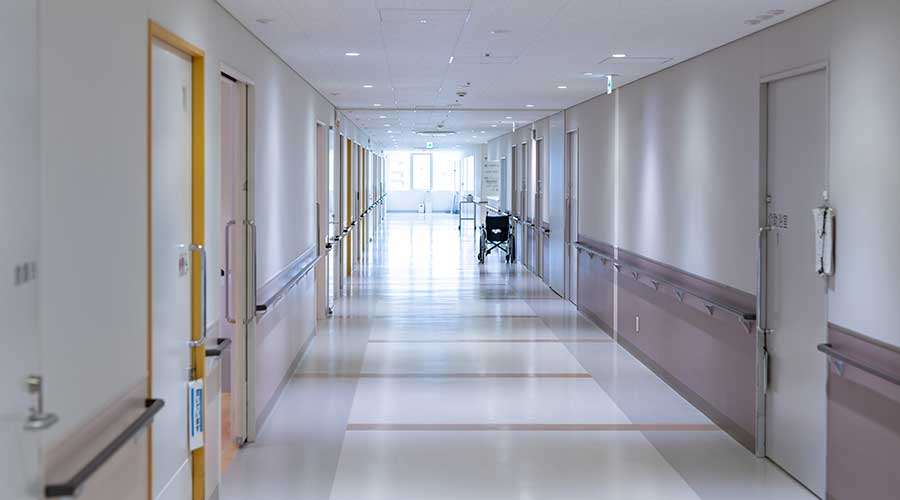Every so often a senior care facility makes headlines for not providing quality care for its residents or that they are abruptly closing down, but while these few instances garner the most attention, most facilities are already striving to improve their operations. The annual Environments for Aging conference demonstrated how these buildings have their residents in mind from the very beginning stages.
The annual conference kicked off in Charlotte last month, bringing together hundreds of designers and architects to discuss how they can better create new, safe and innovative spaces for seniors. Throughout the course of the three-day event, attendees learned about how to make their facilities more resilient, how to create more elder-accessible restrooms, the best ways to design inclusive spaces and more. Here are a few things we learned at the show:
1.) Designers should plan spaces that allow seniors to feel empowered during a dining experience. This means having contrasting elements, such as a dark tablecloth and lighter plateware, that makes it easier to see.
2.) Physical environments are influential for human behavior. This is important at any age, but it becomes more important to people with lower capabilities, such as aging. Anyone that is getting less social engagement than they desire can suffer from declining health. It is essential that spaces are designed to have a community aspect to it.
3.) Resiliency is a cycle, and it always starts with being prepared. Having design strategies already in place that protect a building in the event of extreme weather can save a facility a large sum of money afterwards.
4.) Senior care facilities are not the place to create a place for solitude or begin experimenting with your distance design. The way these facilities are designed can influence engagement behaviors. More on-campus recreation opportunities relate to high proportions of residents engaging in physical and social recreation. We know now that architecture has the power to create a community. Putting aesthetics aside, designers have to start thinking within and think about how our buildings can bring people together.
Mackenna Moralez is the associate editor for the facilities market.

 Grounding Healthcare Spaces in Hospitality Principles
Grounding Healthcare Spaces in Hospitality Principles UC Davis Health Selects Rudolph and Sletten for Central Utility Plant Expansion
UC Davis Health Selects Rudolph and Sletten for Central Utility Plant Expansion Cape Cod Healthcare Opens Upper 2 Floors of Edwin Barbey Patient Care Pavilion
Cape Cod Healthcare Opens Upper 2 Floors of Edwin Barbey Patient Care Pavilion Building Sustainable Healthcare for an Aging Population
Building Sustainable Healthcare for an Aging Population Froedtert ThedaCare Announces Opening of ThedaCare Medical Center-Oshkosh
Froedtert ThedaCare Announces Opening of ThedaCare Medical Center-Oshkosh